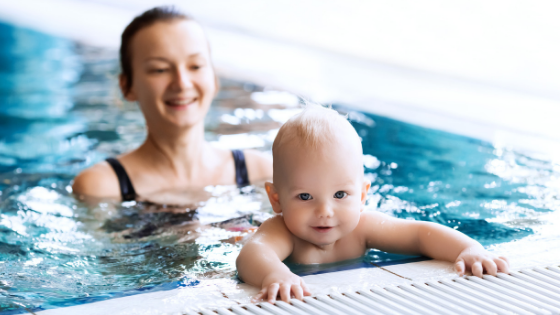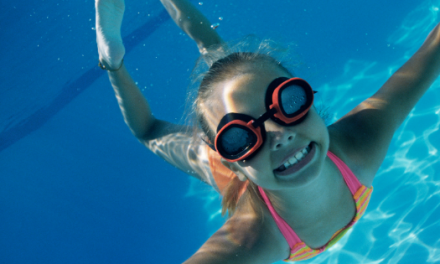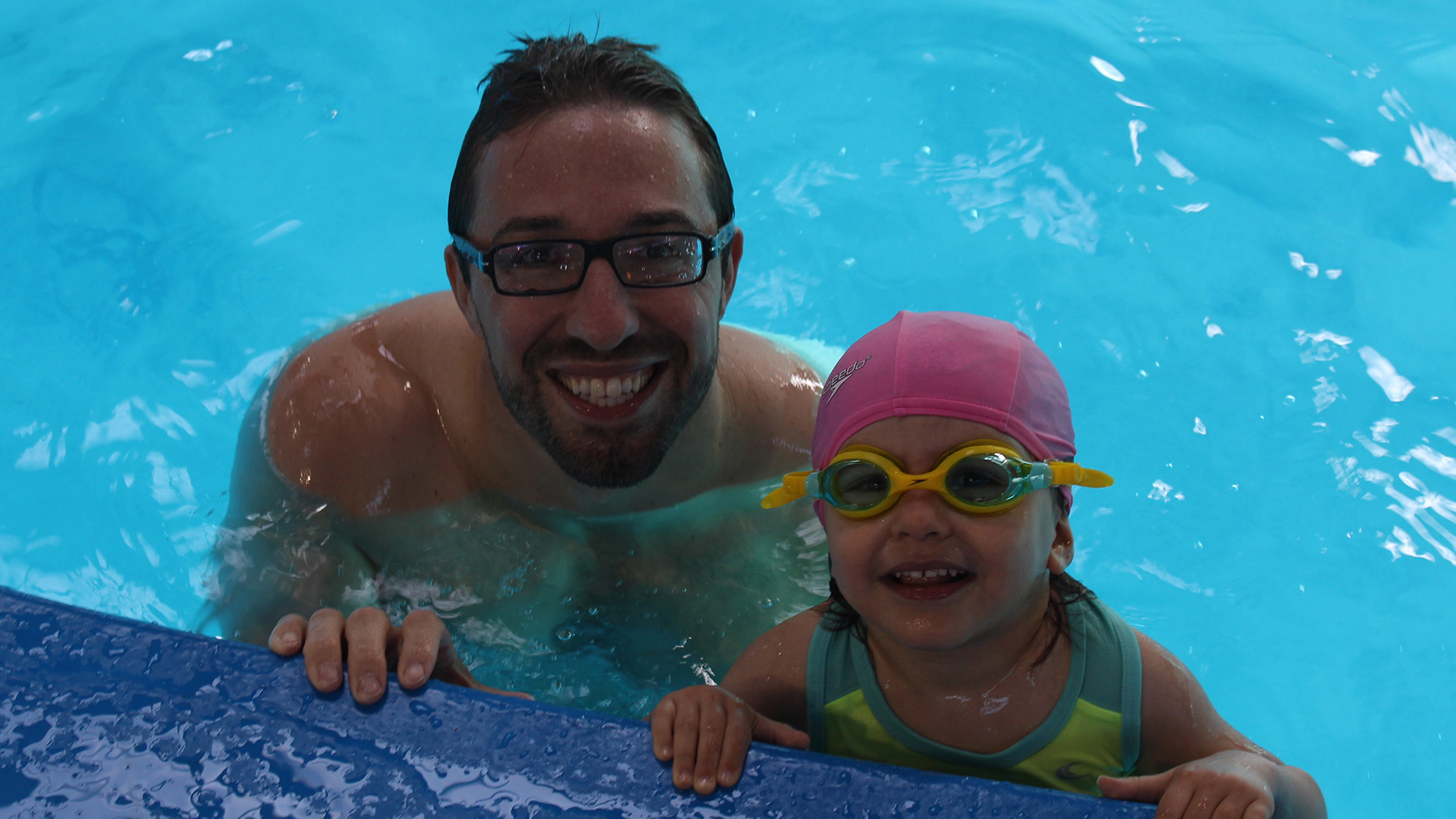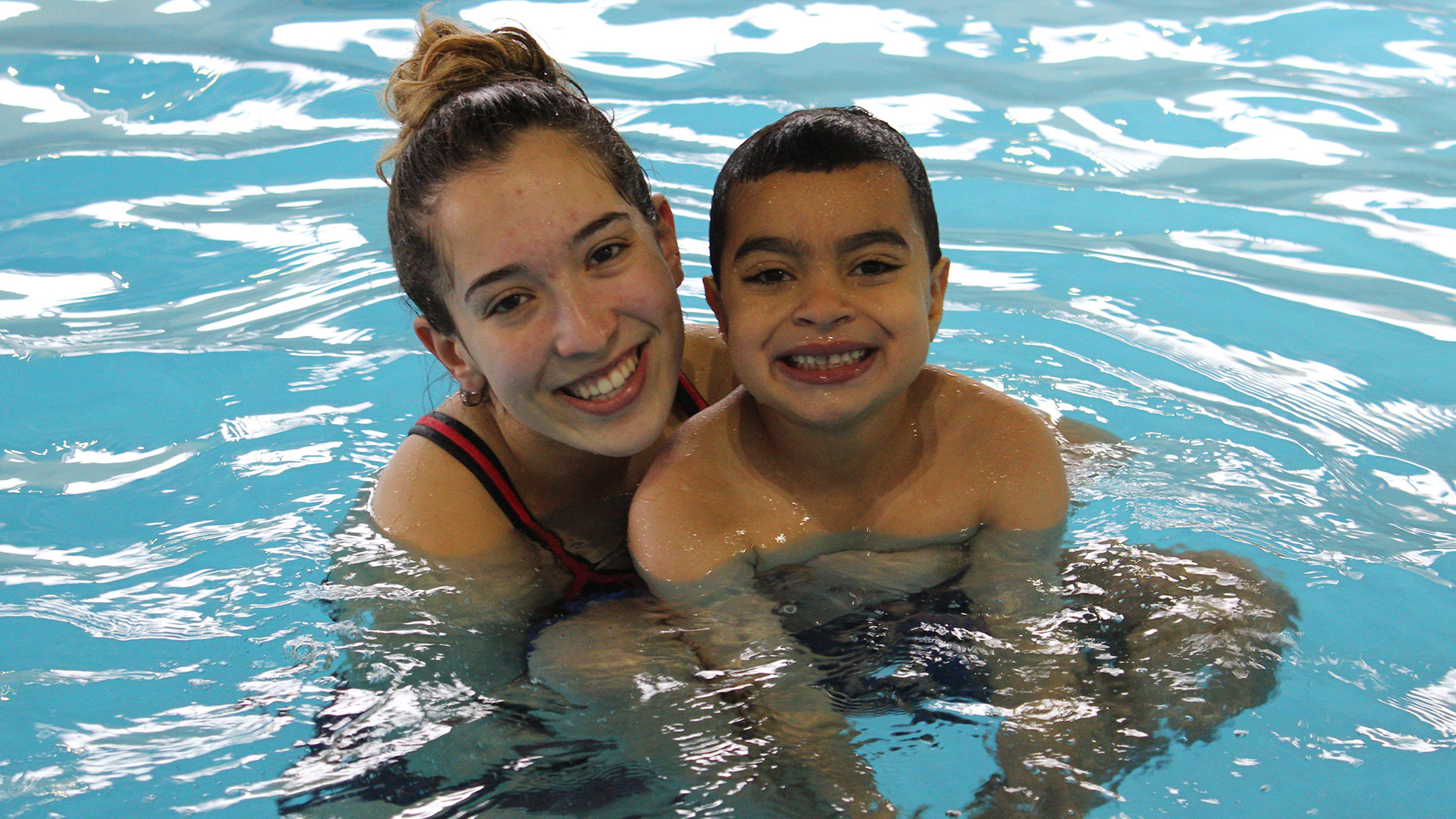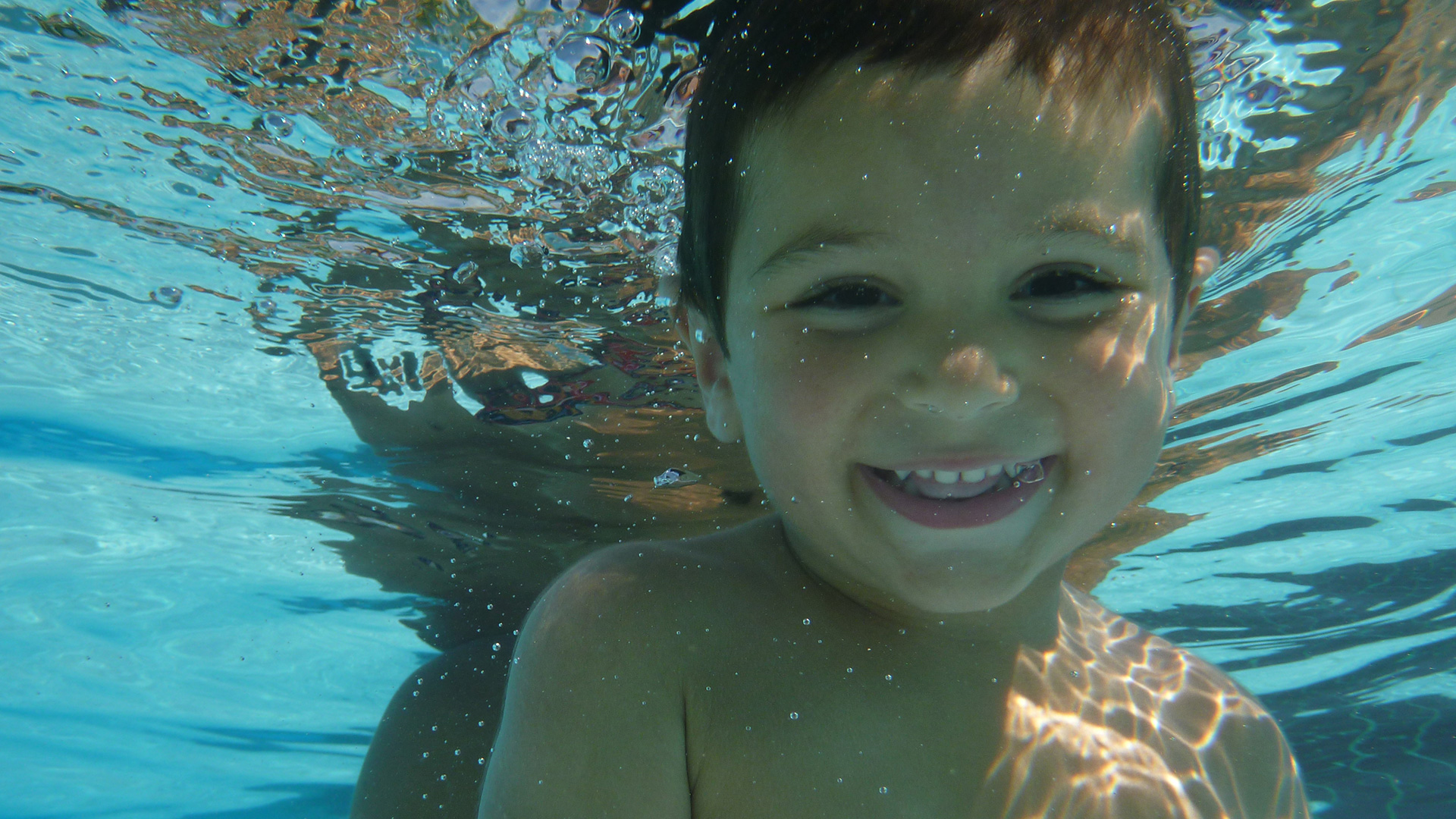Why should we swim with Canada Swim School? What makes Canada Swim School’s way of learning unique?
These are typical questions we encounter when prospective clients are inquiring about our swim school. And important questions they are. When it comes to investing in our children’s learning, fitness, and well-being, parents demand only the best.
So what makes our program stand out? Simply put. it is our skill-based learning system, the CSS Way. This unique approach tailors the learning process to each individuals strengths and weaknesses.
First, a comparison: the majority of other swim schools utilize level-based learning systems. These systems have pre-determined levels, each with pre-determined skills and requirements to pass each level. While these systems are fairly effective for teaching large groups of kids to swim, the downside is the process is lonnng, and swimmers can only advance if they complete every requirement in a given level. So, for example, if you have an excellent swimmer who struggles with just one skill from a particular level, they cannot pass. This can be demoralizing for many a swimmer, resulting in more kids giving up on swimming and choosing other sports.
Here’s an awesome example, one that any swim instructor can relate to: the young child who does a ‘bicycle kick’ instead of a proper flutter kick. According to typical level-based learning systems, flutter kick is taught first, since it leads to proper front and back crawl. Bicycle kick, which does come naturally to many kids, is only taught later when breaststroke and whip kick are introduced in the higher levels. So, in typical level-based learning environments, a child who prefers bicycle kick and does bicycle kick naturally over flutter kick will have to be untaught the bicycle kick. In addition, until the gifted-bicycle-kick swimmer learns a proper flutter kick, he or she will have to repeat the same level.
Contrarily, the CSS Way of learning does not have levels. Rather, we introduce all skills from the very beginning, and the swimmer advances in each skill independently of the other skills, based on their strengths & weaknesses. There is no concept of failure, just progress progress progress. For this same swimmer, their gifted ability to perform bicycle kick at a young age will be nurtured and developed simultaneously alongside the other skills (like flutter kick).
Another example is a child learning the 4 competitive strokes: front crawl, back crawl, breaststroke and butterfly. Let’s take the national standard Red Cross learning system. For sake of argument, we will assume the Red Cross learning system comprises of 10 levels. Front and backcrawl are introduced around level 4 (and continually perfected until level 10), breaststroke around level 6, and butterfly (kick) in level 10. A child who is an exceptional front crawl swimmer will have his front crawl progress halted in level 6 if he struggles with breaststroke.
Within the CSS Way, this same child will continue to learn and progress his front crawl regardless of his abilities / strengths / weaknesses in the other strokes. The swimmer will be more motivated, will advance faster, and will know his own strengths and weaknesses, thus developing his confidence and love fro swimming.
So there it is. Skill-based learning = good. Level-based learning = dinosaur. Enjoy the day!


